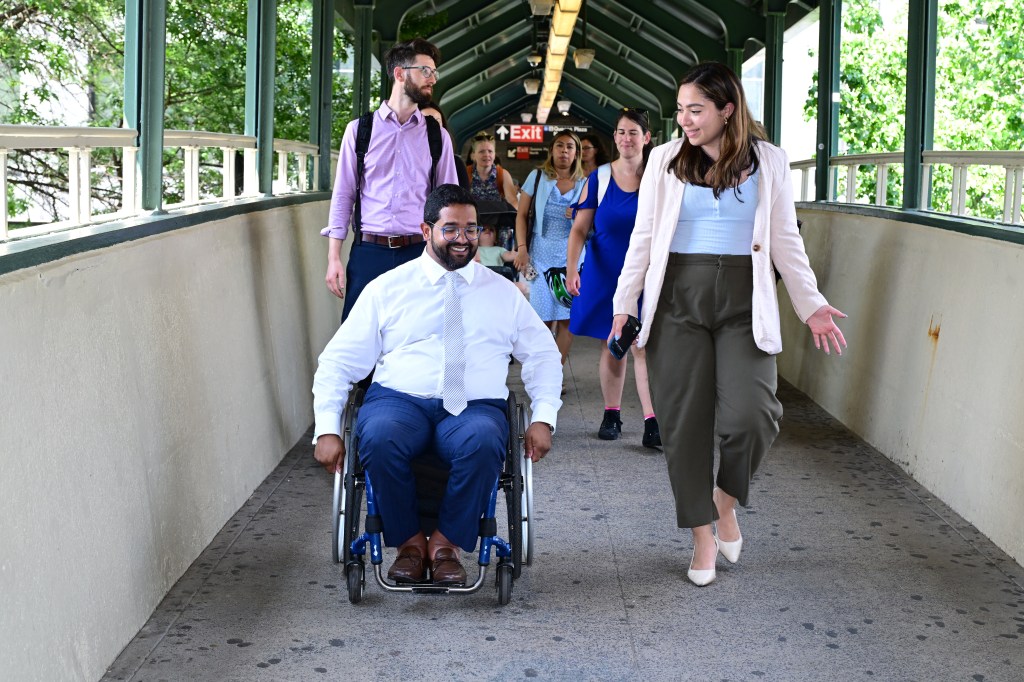By Bill Parry
When the president of MTA New York City Transit took part in a town hall meeting on the beleaguered No. 7 subway line in Sunnyside last week, she came armed with some statistics on straphanger wait times. Veronique Hakim said during the evening rush there is a No. 7 train every 2.2 minutes.
“We hit that schedule about 75 percent of the time,” she said.
The very next day, state Comptroller Thomas DiNapoli released an audit that accused the MTA of using “questionable math” to calculate wait assessments that measures the train’s ability to meet goals for the length time between trains. Subway wait times are longer despite the transit system saying otherwise, the audit concludes.
“The MTA is very clear that it considers its wait time assessment to be its most important measurement of the reliability of subway service and riders’ experience,” DiNapoli said. “It turns out the way Transit calculates this measurement obscures the reality of straphangers’ wait times. New York’s subway riders deserve better.”
The comptroller said the MTA’s measurement may make subway performance appear better than it is in reality because the agency’s wait time score gives efficient shuttle train lines the same value as a bigger line. Not only has service deteriorated on three quarters of the MTA’s 21 major lines, including the 7, A, J, Z, M, N and Q lines in Queens, but just five lines showed improvement, according to the comptroller.
The MTA released a statement saying the comptroller’s audit includes misunderstandings, misinterpretations and outright misrepresentations of how the agency is meeting the challenges of carrying more than 6 million customers on its busiest days. The audit is also “bereft of any substantive suggestions to make life better” for subway customers, the agency said.
“Contrary to the audit’s claims, the MTA has launched robust efforts to analyze and attack the root causes of delays, from increasing preventative track surveys and maintenance and deploying rapid response teams and additional staff on platforms,” the MTA said.
With subway ridership setting modern records almost every month, the MTA’s 2015 to 2019 Capital Program provides a critical resource to improve wait assessment by reducing disruptions, improving infrastructure and increasing the number of subway trains with the installation of a modern signal system which allows trains to run more closely together.
The agency said new R211 subway cars with its “next-generation” technology, the replacement of older tracks, switches, signals and other equipment will also help reduce the number of equipment failures.
“The MTA is committed to improving subway service for our growing ridership,” the MTA said. “The comptroller’s audit does nothing to help this effort.”
Reach reporter Bill Parry by e-mail at bparr




































